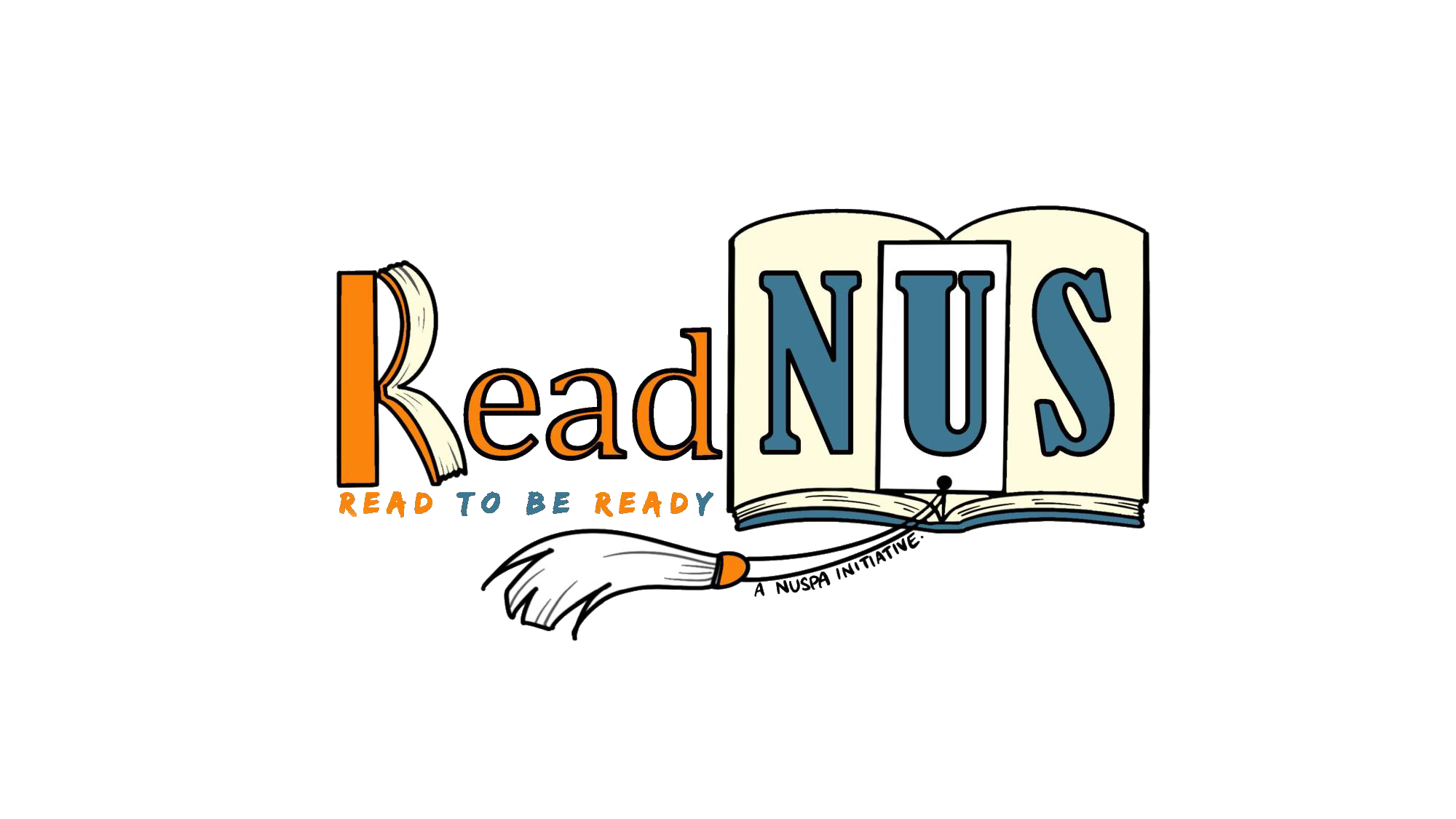The Space Opera Subgenre and the Future of the Monoculture
2019 was arguably the year in which the monoculture as we knew it came to an end. We saw three of the biggest intellectual properties reach the end of their chapters – the Infinity Saga (of the Marvel Cinematic Universe) ended with Avengers Endgame; Game of Thrones ended with Season 8 and the Skywalker Saga (of Star Wars) ended with The Rise of Skywalker. As such, it is unlikely that we could ever see any piece of entertainment dominate our popular culture consciousness for some time. While reception to the conclusions of each of these properties vary drastically, I do wonder what had even allowed these properties to stay within our popular cultural lexicon for such a long time.
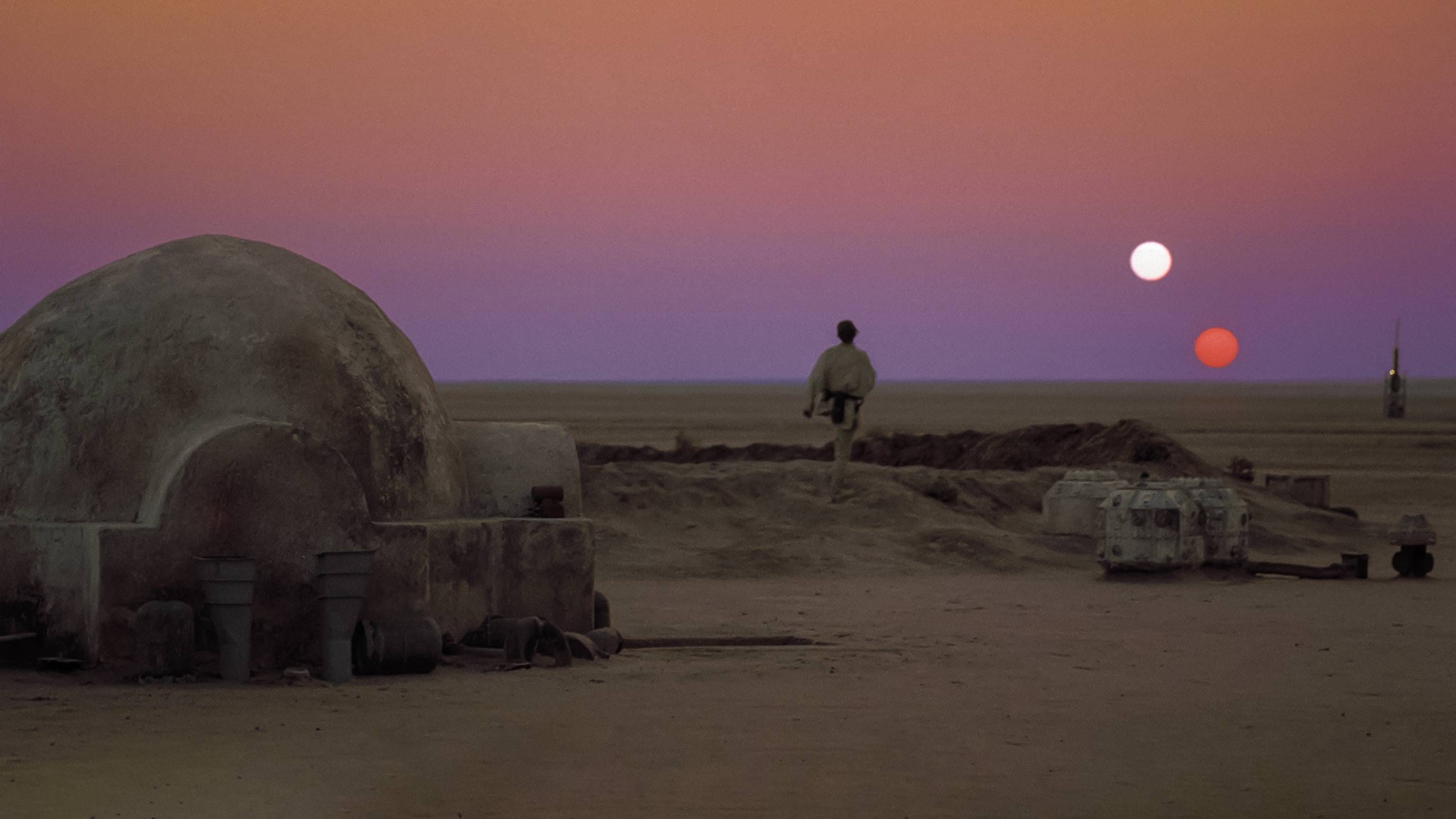
The most interesting of the three, in my opinion, is Star Wars. How did a franchise that started off in 1977 continue to remain relevant across multiple generations, and over 40+ years? I believe we have to attribute this to the ‘expanded universe’, which we can also observe in Game of Thrones and the Marvel Cinematic Universe as well. While Star Wars was primarily followed by mainstream audiences via the films, it has also spawned numerous spinoff stories across various mediums, including television series, books and video games.
There are many other stories like Star Wars which are primarily set in space, but with huge universes and a wide range of characters and personalities. These stories fit into the ‘Space Opera’ subgenre of Science Fiction. Each of these stories tend to be large scale adventures with large stakes, dealing with a wide range of issues like politics, war and romance. Parallels can be drawn between the large-scale settings of these universes and that of our world. The authors/creators of these worlds often draw inspirations from real life occurrences to tell their stories, serving as a commentary of the various social and political issues that plague our world. The capacity of these stories to touch on all of these societal issues make them ripe for adaptation by film and television studios, who hope to figure out the next big entertainment property that could potentially form the next piece of the monoculture, dominating conservations pertaining to popular culture as a whole.
In my piece, I will be expanding upon a few properties within this subgenre which I believe have the capacity to capture the attention of mainstream audiences with their fantastical settings and stories, and potentially become the next big piece of monoculture. First up, Star Wars.
Star Wars
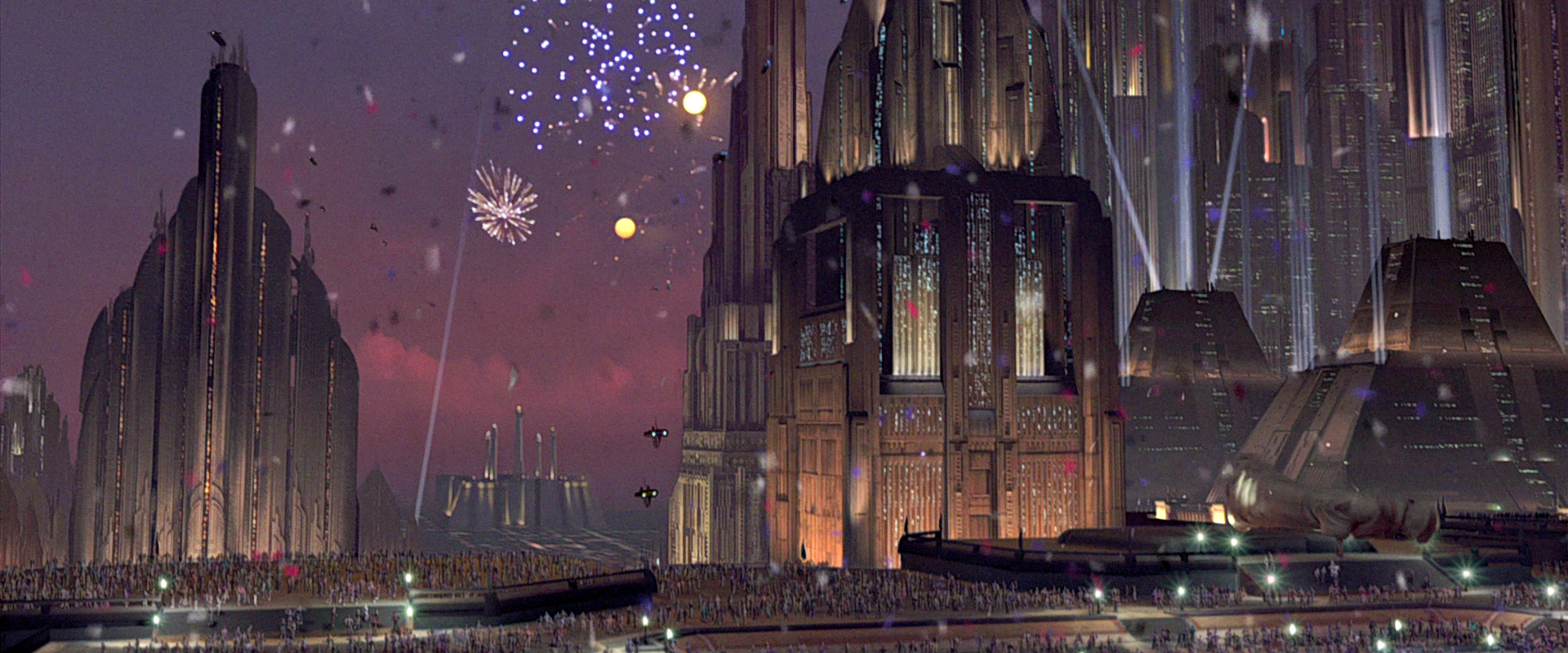
More than enough has been said about Star Wars. What started off as a science fiction film in 1977, filmed with a tight budget, has spawned into one of the largest multimedia franchises in the world. On top of the 11 theatrically released films, there are over five television series that have already been released (with more than a dozen in production), more than 60 books (that are regarded as canon), and over 20 ongoing comic book series. On top of that, there are theme park rides and video games (which includes the surprisingly fun Jedi: Fallen Order) which are regarded as part of the canon. To consume every single piece of intellectual property in the Star Wars universe is an insurmountable task. However, the abilityfor a film made for less than $12 million to spawn this many stories tells a lot about the capacity of the Star Wars universe.
At its core, Star Wars really is about the battle between good and evil – the Light Side of the Force and the Dark Side of the Force. Jedis (who wield the light side of the force) are often in conflict with the Sith (who wield the dark side of the force). Humans and other alien species coexist with droids and robots, and space travel is commonplace due to hyperspace technologies. Most of these stories tend to revolve around a central hero who is believed to be the ‘Chosen One’, making them a messianic individual.
Bringing it back to the common tropes of space operas, war (as in the name) is a central feature of the Star Wars story. Much of the story is about the struggle between democracies and dictatorships, something that is still relevant in this day and age. Common threads can be found between the rise of Emperor Palpatine in the Star Wars Prequel Trilogy of films, and that of Hitler prior to World War 2. In addition, a lot of the armour and insignia of the Imperial officers are inspired by that of German Soldiers in World War 1 and 2.
![The Space Opera Subgenre and the Future of the Monoculture The Child a.k.a Baby Yoda a.k.a [REDACTED SPOILER] in Season 2 of The Mandalorian](https://uproxx.com/wp-content/uploads/2020/11/baby-yoda-macaroons.jpg?w=1600)
There is so much more to be said about the Star Wars universe, like the themes of romance, religious allegories and feudalism, and I haven’t even gotten around to Baby Yoda! The Star Wars universe has fascinated me since I was young, and will continue to fascinate me for the years to come. If this universe has the capacity to create three films centred around trade disputes (yes, that is somehow the central conflict of the Prequel Trilogy), the sky’s the limit as to the type of stories that can be told here. If you’re new to Star Wars, I would recommend starting with the films (in release order), before checking out The Mandalorian or the various other books that have been released.
Saga
Saga is probably one of my favourite properties within the space opera subgenre. It is an ongoing comic book series written by Brian K Vaughn and illustrated by Fiona Staples. Thus far, 54 issues have been released, with the series currently on hiatus. Heavily influenced by Star Wars, Saga follows a couple, who each belong to two different extraterrestrial races that are at war with one another, as they flee from the authorities from both sides of the war. To raise the stakes even further, they end up having a daughter, which only leads them to be hunted down even further. In the backdrop to the tale of this family, we often see political battles and wars being played out. Different planets are forced to take sides in the galaxy spanning war, and the central characters have to do their best to traverse the universe, flying under the radar of warring factions.
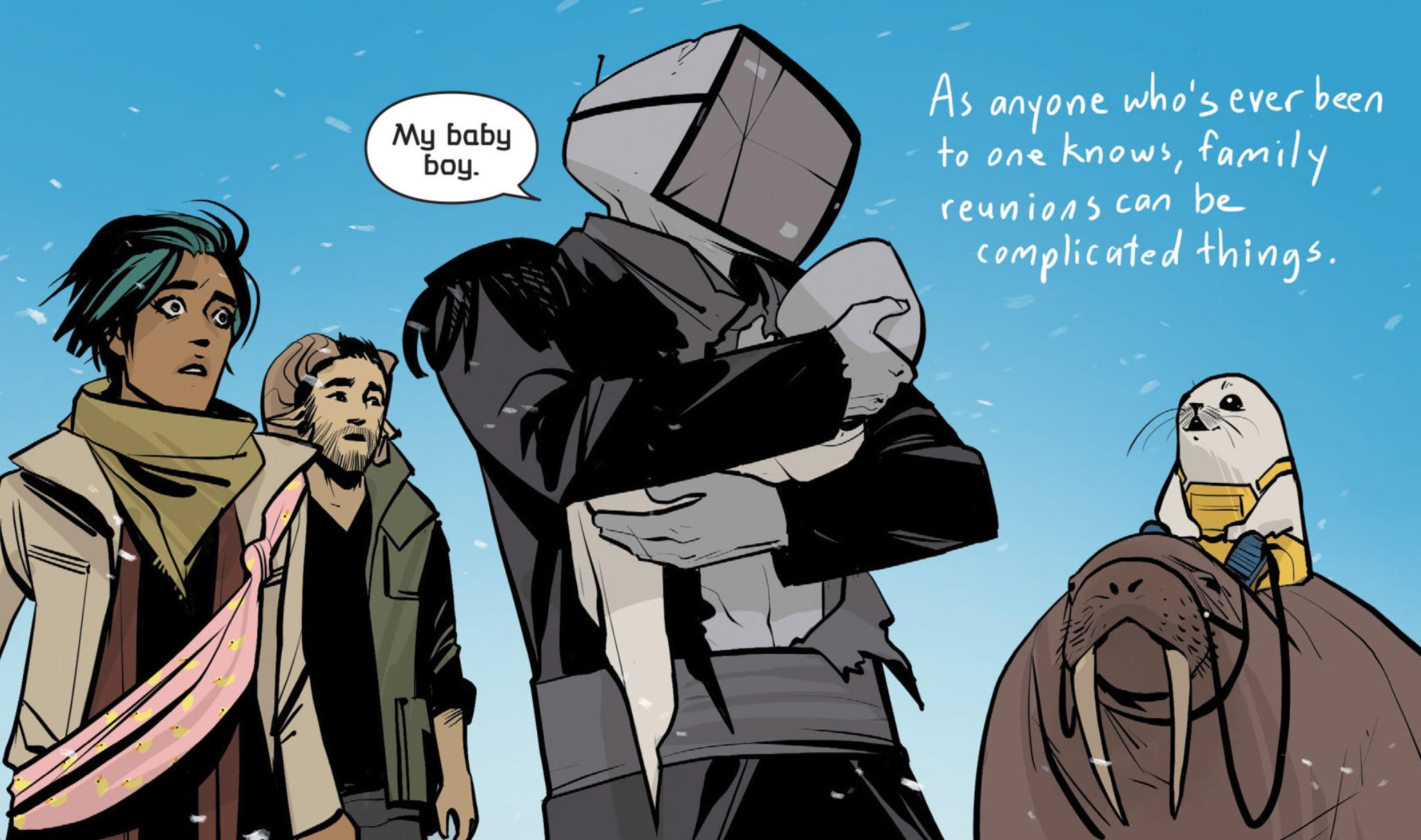
Each issue of Saga is filled with beautiful landscapes and funky looking characters. At its centre however, Saga is a story about family, be it the ones that we are born into, or those that we form along the way. Just from looking at the image above, it is extremely apparent that Saga has some crazy looking characters (and trust me, it gets even weirder). Saga is one of the most captivating and heartfelt stories that I have read, and continues to maintain an extremely high level of quality across all of its issues. If you’re sick of Marvel or DC comics and want a place to start, there’s no better place than Saga.
Due to the complex nature of the characters and of the story of Saga, it is probably an unadaptable property. Whether or not it is able to become the next big piece of monoculture in its current form is debatable (since the comic books are the only medium in which the story is available). However, I strongly believe that Saga is one of the best versions of what the Space Opera subgenre could be.
The Expanse
The Expanse is a series of novels by James S. A. Corey which has generated a television series of the same name. It is set in a distant future where humanity has been able to colonise much of the solar system, but have yet to gain access to interstellar travel. In this Solar System, there are three major powers who are often at conflict with one another – the United Nations of Earth, the Martian Congressional Republic of Mars, and the Outer Planets Association of the asteroid belt and moons of Jupiter and Saturn.
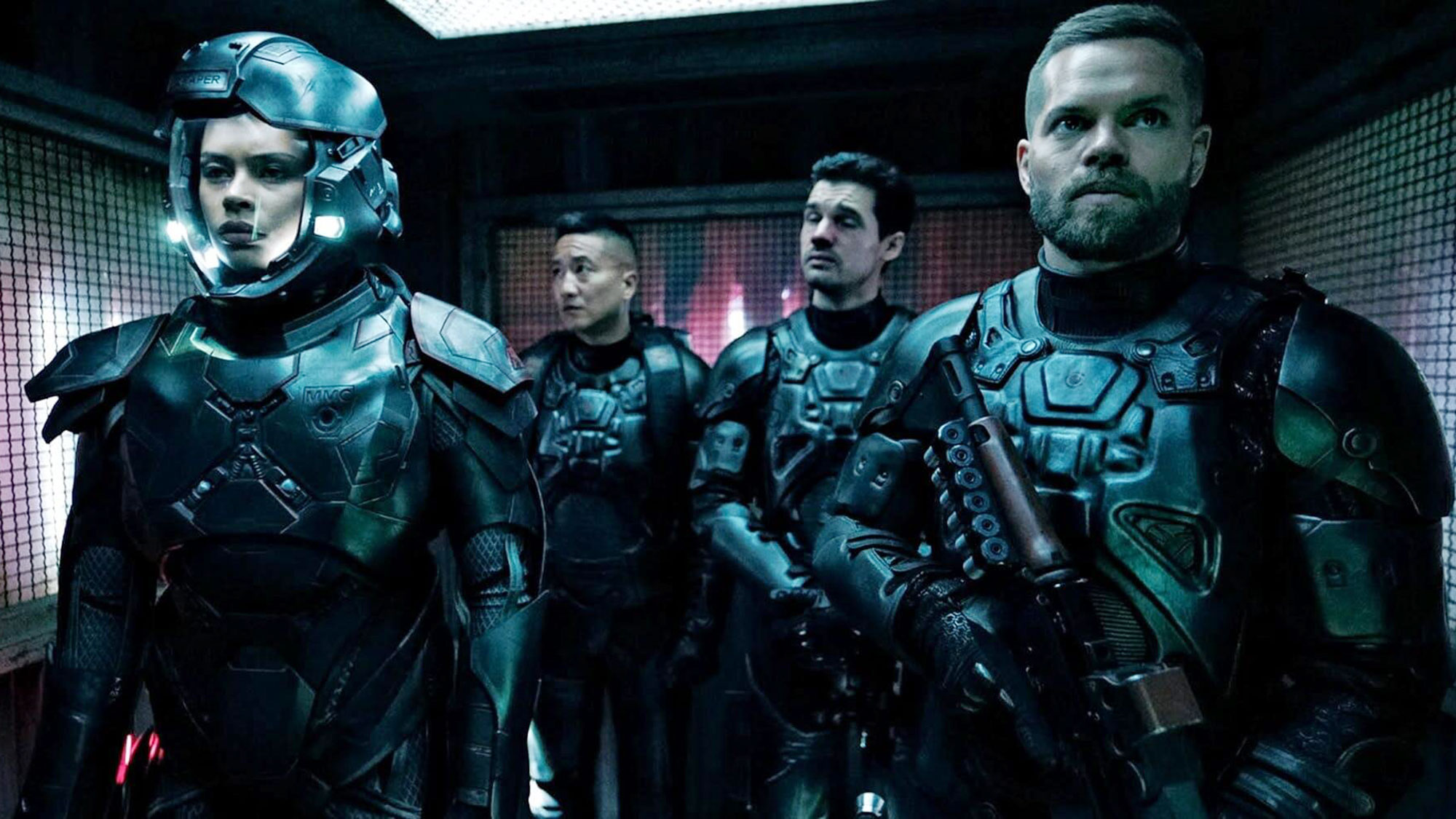
The novel and the series is centred around a group of individuals on a ship called the Rocinante, which somehow repeatedly finds itself at the centre of multiple conflicts. What starts off as a detective mystery about a missing girl, evolves into a solar system spanning tale of class and politics. What makes The Expanse fascinating, is the lack of clear ‘good guys’ and ‘bad guys’, with most of the characters continuing to operate within the grey area. This is something that can be generally seen in most human conflicts over the years, with the line between good and evil often being blurry.
The Expanse provides an interesting contrast to something like Star Trek, which saw humankind unite around the mission of finding our place in the universe, amongst a wide range of intergalactic species. Here however, humankind continues to lack that common mission, which only leads to further conflict and discrimination amongst people, something that is extremely apparent in our world today.
Of the properties mentioned thus far, The Expanse is definitely the most grounded and is even realistic. It has already spawned a television series which was ‘saved’ from cancellation by Jeff Bezos. Amazon’s commitment to this show is indicative of its belief that The Expanse could become the next big thing. It checks most of the boxes of other pieces of monoculture with its huge universes and a story which is able to encapsulate themes from multiple genres. The later books only expand the universe even further, making the lore of the series even more enticing for fans. I would highly recommend the books, which are widely available, and the television series, which is available on Amazon Prime Video.
Dune

Dune is a novel by the author Frank Herbert, which has spawned multiple sequels and film adaptations. The first novel, released in 1965, is set in a distant future in a feudal interstellar society. Each planetary fief is controlled by different noble houses. Dune follows a young Paul Atreides, whose family has been handed control of the planet Arrakis. Arrakis is extremely inhospitable with its desert wasteland. However, it is home to a highly sought-after drug, “the spice”, which has the ability to extend life and enhance one’s mental abilities. Since this drug can only be found in Arrakis, control of the planet proves to be an extremely dangerous challenge.
Throughout the series we see themes like politics, religion, gender dynamics, environmentalism, and technology. It is a wide spanning world which tends to focus much more on the human moments between Paul and the characters around him, as he ends up being caught in the middle of various conflicts between noble houses and clans. The entire series subsequently revolves around control of Arrakis and the control over “the spice” production, and how each of these issues impacts humanity’s development in multiple ways. Many parallels can be drawn between our world and the world of Dune, with “the spice” being an obvious substitute for oil. Religious allegories are plentiful throughout the novels and Islamic influences are most apparent, especially in the names of characters and places.
Dune has been adapted to film before in 1984 by David Lynch. However, that adaptation is regarded to be extremely controversial and arguably an unfaithful adaptation of the text. In 2021 however, a new adaptation directed by Denis Villeneuve is set to be released in cinemas (hopefully). Warner Bros. Pictures’ commitment to releasing a spinoff television series shows how they believe that Dune could be the next piece of monoculture. If you are interested in finding out more about the world of Dune, I would recommend kicking things off with the first novel (which is now also available in graphic novel form), before checking out the new film adaptation coming later this year.
The Future of the Monoculture
Whether or not there will be another piece of popular culture with as wide of an influence as Star Wars, Marvel or Game of Thrones is hard to say. We have reached a point where there is simply too much popular culture to consume from books to movies to television series to podcasts, forcing us to pick and choose items which suit our tastes. If anything, I do believe that a property from the space opera subgenre has the capacity to dominate our monoculture and become the next big thing. Their huge universes, myriad of interesting characters, and its ability to touch on a wide range of societal themes, allow them to be captivating to the widest possible audience. Of course, there is so much more to explore in the subgenre, but these are some of my favourites. And with that, let me end of with an extract from Saga which essentially summarises ReadNUS’ mission:

By Saishwar Thirumagan Sri
Director of ReadNUS and Vice President (Engagement) of NUSPA
